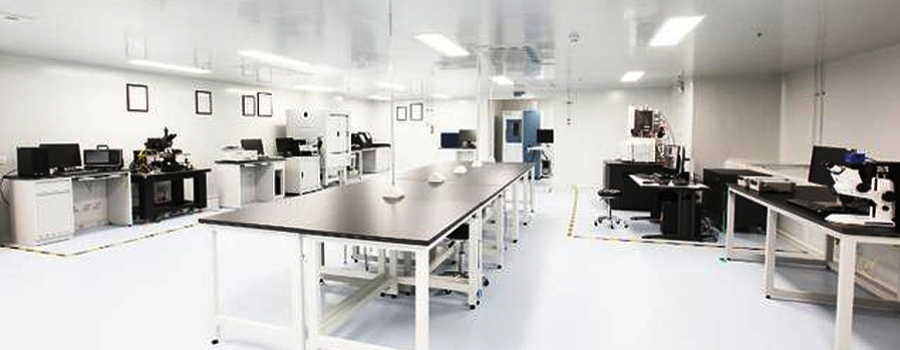
Manual probe station use:
Probe stations are mainly used in semiconductor industry, optoelectronic industry, integrated circuit and packaging testing. It is widely used in the research and development of precision electrical measurement of complex and high-speed devices, aimed at ensuring quality and reliability, and reducing the development time and device manufacturing process costs.
Semiconductor laboratory
The main purpose of the manual probe station is to provide a test platform for the electrical parameter test of semiconductor chips. The probe station can absorb chips of various specifications, and provide multiple adjustable test pins and probe holders, which can be used with measuring instruments to complete integrated circuits. Parameter detection of voltage, current, resistance and capacitance voltage characteristic curve. It is suitable for the purpose of conducting scientific research analysis, spot check and testing on the chip.
Application fields of manual probe station:
Failure analysis Integrated circuit failure analysis
Wafer leve reliability Wafer leve reliability
Device characterization component characteristic measurement
Process modeling plastic process test (material property analysis)
IC Process monitoring
Package part probing IC packaging stage wire bonding quality test
Flat paneprobing LCD panel characteristic test
PC board probing PC board electrical test
ESD&TDR testing ESD&TDR testing
Microwave probing microwave measurement (high frequency)
Solar energy field detection analysis
Detection and analysis in the fields of LED, OLED, LCD
How to use manual probe station:
1. Load the sample into the vacuum chuck, turn on the vacuum valve control switch, so that the sample is safely and firmly adsorbed on the chuck.
2. Use the chuck X-axis/Y-axis control knob to move the chuck platform to see the sample clearly under the focus of the microscope's low-power objective lens.
3. Use the chuck X-axis/Y-axis control knob to move the chuck platform to move the sample to be tested under the microscope.
4. Switch the microscope to a high-magnification objective lens, find the point to be measured under high magnification, and then fine-tune the microscope focus and sample x-y to adjust the image clearly, with the measuring point in the center of the microscope field of view.
5. After confirming the position of the point to be measured, adjust the position of the probe holder. After installing the probe, move the probe to the position close to the point to be measured, and then use the probe holder XYZ for three fine adjustments. Knob, slowly move the probe to the measured point. At this time, the action should be careful and slow to prevent the chip from being damaged by excessive movement. When the probe tip is suspended above the measured point, first use the Y-axis knob to move the probe Step back a little, and then use the Z-axis knob to lower the needle. After the last, use the X-axis knob to slide left and right to observe whether there are a few scratches to prove whether it has been touched.
6. After making sure that the tip of the needle is in good contact with the tested point, you can start the test with the connected test equipment. Troubleshooting of common failures When you use this instrument, you may encounter some problems. The following table lists common failures and their solutions.